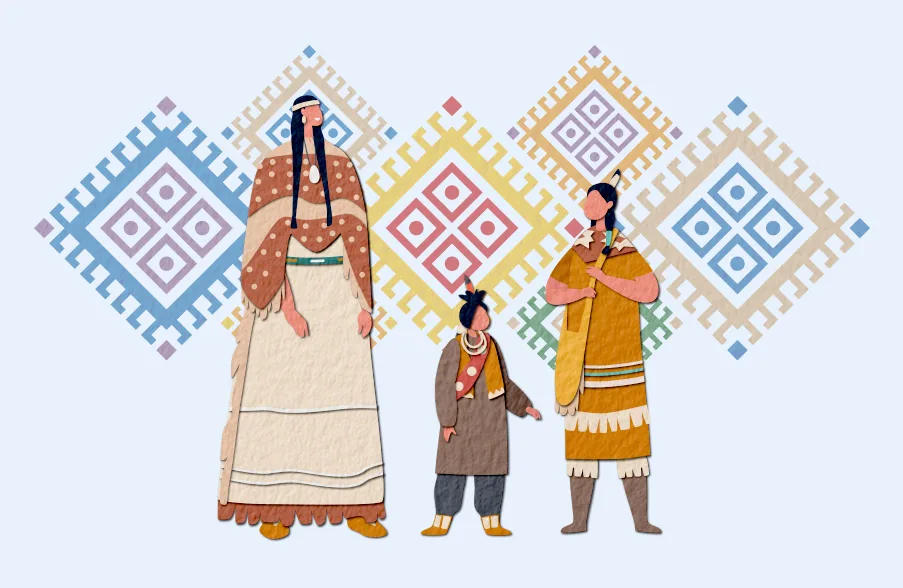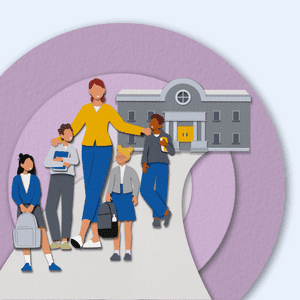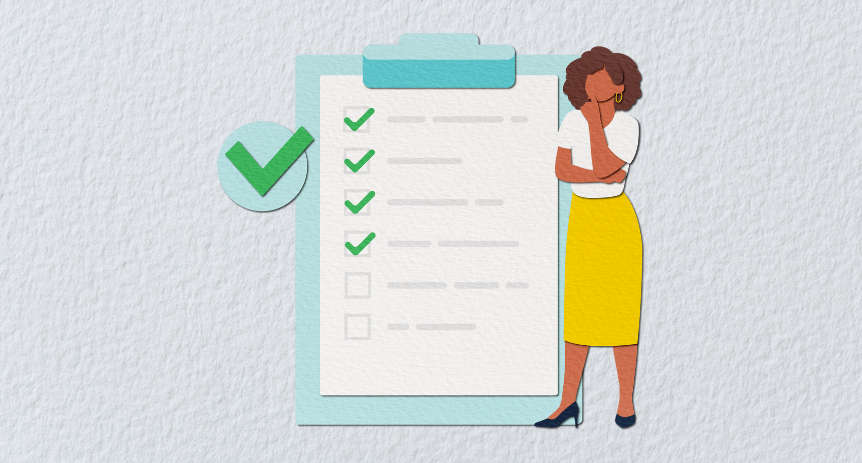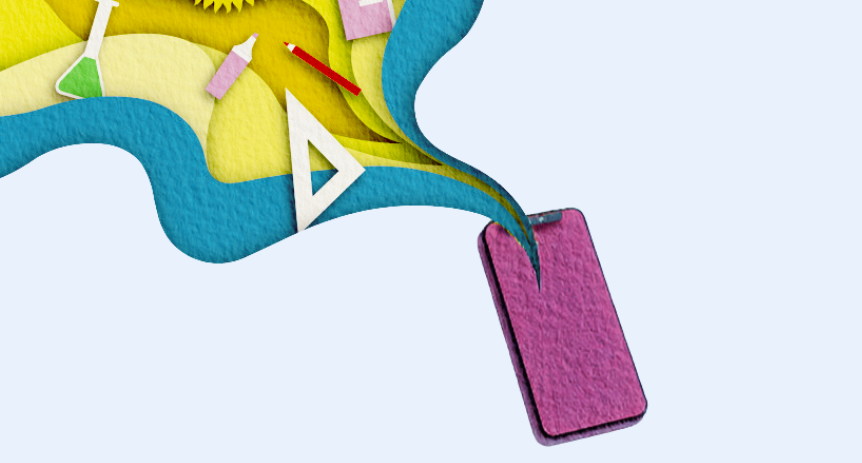Swing recommends that substitute teachers get all outside teaching resources approved by the school prior to sharing with students.
Since an official proclamation in 1990, November has marked Native American Heritage Month. This represents a dedicated time to celebrate and teach students about the culture, traditions, and contributions of Native people, as well as the challenges they have overcome throughout our history.
To commemorate this month in the classroom, there are a number of cross-curricular resources freely available to educate and engage students about Native American heritage. Below is a sampling of these resources for teachers to check out.
Grades K-5
Education World: This teacher-created lesson teaches students about the Native American tradition of decorating tipis with stories written in pictographs. After a classroom discussion and reviewing samples, students design their own pictographs.
National Indian Education Association and IlluminNative: For students in grades 3-5, the Navajo Weaving: A Lesson in Math and Tradition lesson uses video and story to teach about the traditional process of weaving a Navajo blanket before providing students an opportunity to create a pattern of their own. Teachers can also check out additional age-appropriate activities from the NIEA here!
PBS KIDS: To help celebrate Alaska Native culture, this special Molly Of Denali episode highlights civil rights activist Elizabeth Peratrovich and her work standing up for Alaska Native people. There’s five accompanying activities, as well as short podcast episodes teachers can play aloud to the class.
Grades 6-8
EDSITEment: This project of the National Endowment of the Humanities helps teach students about Native Americans in an “accurate historical context while emphasizing their continuing presence and influence within the United States.” It provides two lesson activities – focused on Native American representation today and the first nation tribes in the United States – as well as guiding questions, learning objectives, and a number of resources to support instruction.
Flocabulary: During this multi-day lesson, students learn about westward expansion as they examine American history from a Native American perspective. During the lesson, students watch a video, complete a graphic organizer, create a classroom resource, and participate in guided instruction.
WoLakota Project: An outstanding resources full of lessons, videos, posters, and other resources developed by elders of the Oceti Ŝakowiŋ people (historically known to some as the Sioux Nation). Everything is grounded in a set of essential understandings that help Native and non-Native students develop a sense of communal stewardship.
Grades 9-12
EDSITEment: During this multi-activity lesson, students analyze maps, treaties, congressional records, first-hand accounts, and correspondence to understand the different roles and alliances of Native Americans during the American Revolution.
Lessons of Our Land: This history and social studies lesson helps students examine Native and non-Native worldviews regarding cultural property and beliefs. Activities include research of the Native American Graves Protection and Repatriation Act, in-class discussions, and an optional student debate.
National Museum of the American Indian’s Native 360: This interactive lesson – featuring objects, maps, images, quotes, treaties and other documents – teaches students about how the American Indian Removal Act of 1830 impacted many Native nations.
Additional resources
PBS compiled a list of eight children’s books celebrating Native heritage that teachers can read to students. And, the Portland Association of Teachers compiled a list of teaching resources and videos regarding Native American heritage to help guide classroom instruction and discussion.
Have other resources, suggestions, or best practices for teaching about Native American Heritage Month? Leave a reply in the comment section below!






